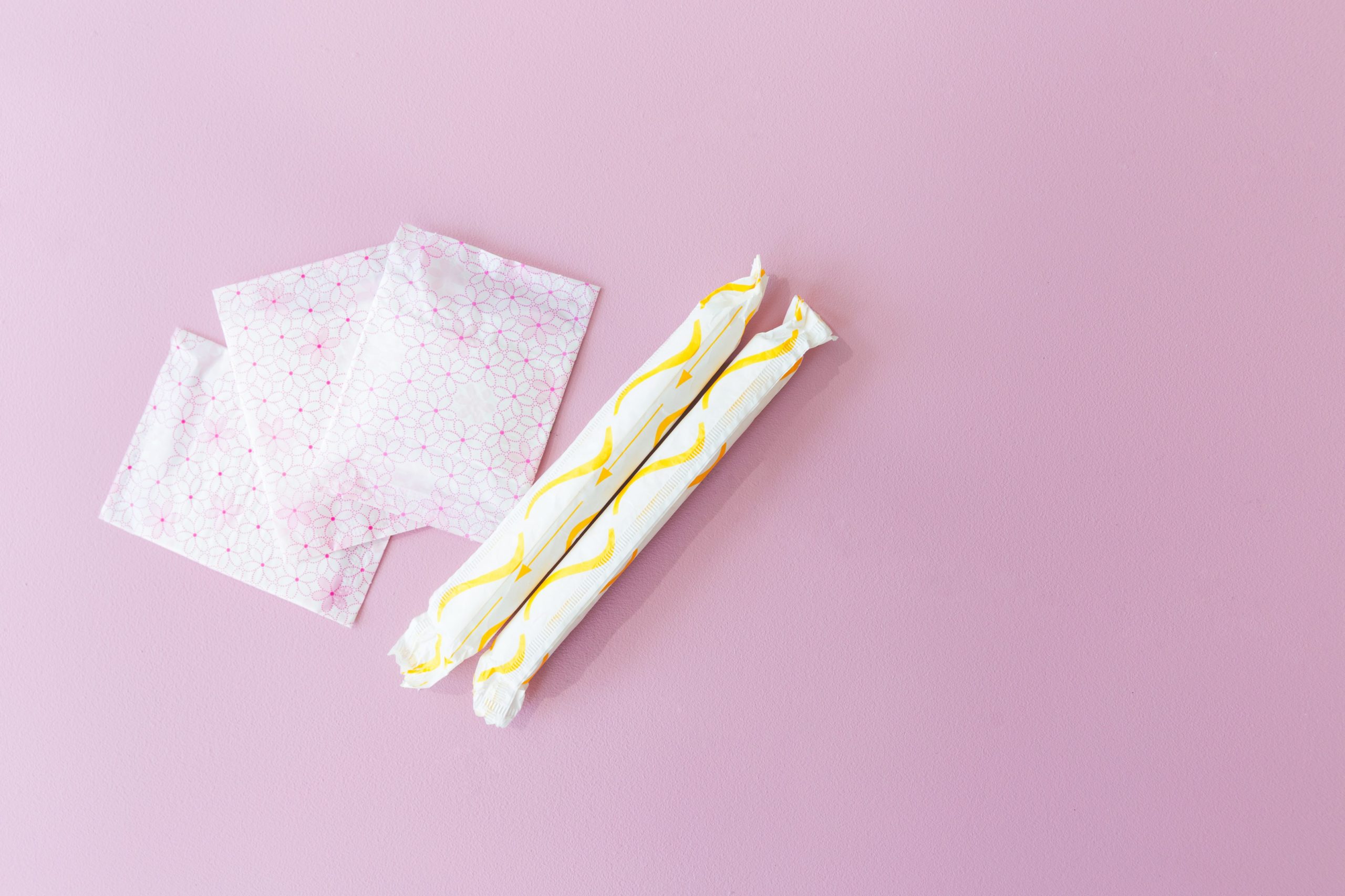By Emily Ortman, SWHR Communications Director
Menstrual products are as essential as toilet paper — and for some women equally as hard to find during the COVID-19 pandemic. The same panic bulk buying and hoarding that left store shelves empty of toilet paper and hand sanitizer also appears to be happening with menstrual products in some places.
Over the past few weeks, publications such as the New York Times, Newsweek, and Ms. Magazine have reported on challenges American women are facing in accessing menstrual products like tampons and pads.
The nonprofit organization I Support the Girls, which provides menstrual products, bras, and underwear to homeless and domestic violence shelters, hospitals, clinics, food banks, and schools, reported a 35% increase in requests for products during the pandemic.
Last month, UNICEF, the United Nations Children’s Fund, released a brief outlining the impact of COVID-19 on menstrual health and hygiene for girls and women worldwide, including specific groups such as health care workers, patients in health care facilities, and women in institutional settings like prisons. The report states: “The most affected will be the poorest and most vulnerable to economic and social shocks.”
This is true in the U.S. as well. Low-income women cannot afford to bulk buy products and many have now lost their jobs due to the pandemic — so even when products are available, they may not be able to afford them.
Unfortunately, “period poverty” is not a new concept. Survey results published in the journal Obstetrics & Gynecology last year revealed that nearly two-thirds of low-income women interviewed could not afford menstrual hygiene products at some point during the previous year. Another survey commissioned by Thinx & PERIOD reported that one in five U.S. teens have struggled to afford period products or were not able to purchase them at all.
When women do not have access to menstrual products, they may be forced to use the same sanitary product for a long period of time or to use an alternative product, such as paper towels. This is unsafe and can result in health issues including yeast infections, bacterial vaginosis, and, in rare cases, toxic shock syndrome.
Lack of access to menstrual products can be especially problematic for women with gynecological conditions such as uterine fibroids, which cause heavy and irregular menstrual bleeding. Nkem Osian, a fibroids patient advocate with the White Dress Project and a member of SWHR’s Endometriosis and Fibroids Network, told SWHR in a previous blog that at one point in her life, she lost so much blood that she was severely anemic and ended up receiving a blood transfusion.
Sateria Venable, another member of SWHR’s network and founder of the Fibroid Foundation, recently hosted a podcast discussing menstrual health and fibroid management during the pandemic. “This is a time where we need to pivot to think about health care differently, and menstrual symptoms do not stop — they are constant, and women are suffering — we have to find creative ways to help them manage symptoms remotely,” Venable said.
To help mitigate the impact of COVID-19 on menstrual hygiene, the UNICEF report recommends measures such as discouraging panic buying and hoarding; ensuring that menstrual hygiene products are considered essential supplies; advocating for the removal of taxes from menstrual hygiene materials; and expanding the reach and benefit levels of social assistance programs that target women.
In the U.S., menstrual products are not covered by public health or nutritional benefits programs, nor are they freely available in most schools or workplaces. And according to the organization Period Equity, in 30 states these products are also not exempt from sales tax because they are not deemed “necessary,” while other products like Viagra and ChapStick are.
A recent ACLU report notes that 15 states have laws in place mandating access to menstrual products in at least one of three types of institutions: correctional facilities, homeless shelters, or schools.
On the federal level, Rep. Grace Meng (D-NY) has introduced the Menstrual Equity for All Act in the U.S. House to address challenges that women and girls face in affording and accessing menstrual hygiene products. She has also introduced bills that would ensure access to menstrual products for Peace Corps volunteers and homeless individuals as well as in federal buildings. Meng’s district encompasses the borough of Queens in New York City, which passed the first menstrual equity legislation in the country in 2016.
While menstrual equity is a relatively recent movement, it appears to be gaining traction. The Coronavirus Aid, Relief, and Economic Securities (CARES) Act signed into law in late March included language that recognizes menstrual products as medical expenses and now allows these products be purchased with health savings accounts (HSAs) and flexible spending accounts (FSAs). The bill also allows people with HSA or FSA accounts to file for reimbursement of menstrual products purchased in 2020.
“The idea that gender equity and menstrual equity are finding their way into the policy solutions and crisis interventions that our leaders are forging is really important,” Period Equity founder Jennifer-Weiss told Global Citizen.
Stigma related to menstrual issues is a contributing factor to the lack of scientific innovation and public awareness around gynecological conditions such as uterine fibroids and endometriosis. Learn how SWHR is working to engage and educate patients, clinicians, and health care decision-makers about the burden of these diseases through our Endometriosis and Fibroids Network.
